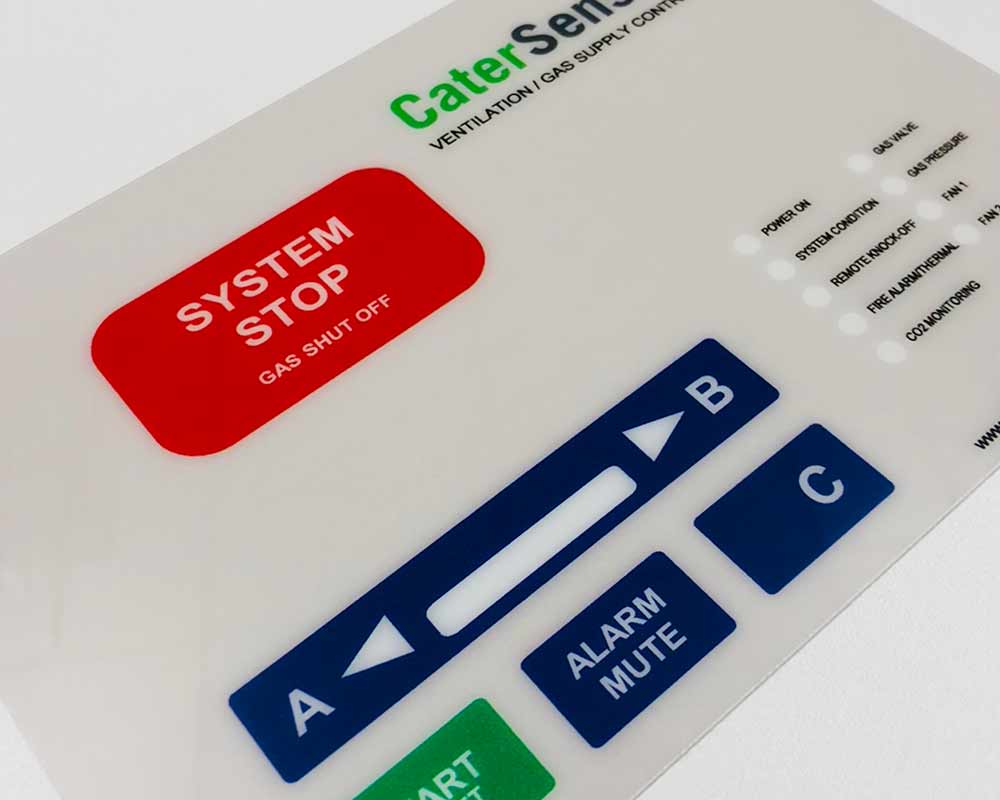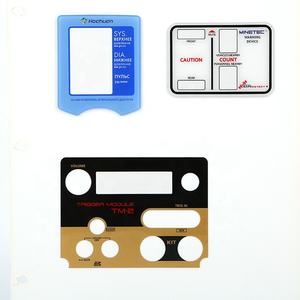The Duty of Graphic Overlays and Panels in Enhancing Individual Experience
Graphic overlays and panels function as essential elements in electronic user interfaces, substantially affecting customer experience via their capacity to boost navigating and provide contextual information. By ensuring and developing a visual hierarchy access, these aspects guide customers flawlessly while preserving quality. Their interactive functions not only promote interaction but also cultivate a more intuitive interaction with web content. Comprehending the subtleties behind their design and execution raises essential inquiries about their efficiency and potential restrictions, ultimately forming exactly how we regard user experience in an electronic landscape. What implications might this have for future interface design?
Definition of Graphic Overlays
Graphic overlays serve as vital components in the world of user experience style, enhancing the interaction between customers and digital interfaces. These visual aspects are laid over on existing web content to give additional details, assist in navigation, or improve visual charm. Typically, visuals overlays can consist of message, icons, switches, and visual indications, all of which play important duties in directing customer behavior.
The key feature of visuals overlays is to create interactive layers that boost use without overwhelming the individual. By providing pertinent details contextually, overlays can streamline the customer journey, making it less complicated to access tools or attributes without browsing away from the primary web content. They often make use of transparency and layering strategies to maintain the exposure of underlying aspects while making certain that the overlay content continues to be prominent.
Furthermore, visuals overlays can be dynamic, replying to user activities such as hovers or clicks, which enhances interaction. They are generally employed in applications, websites, and various electronic media to provide comments, tutorials, or notices. In summary, visuals overlays are crucial in enriching user experience, mixing performance with visual design to create instinctive, interactive settings.
Relevance of Visual Pecking Order
Aesthetic power structure plays a considerable role in assisting customer interest and promoting efficient interaction within visuals overlays and panels. By arranging elements in a fashion that shows their relative importance, designers can guide individuals perfectly through content, making sure that vital information is easily available.
The facility of aesthetic hierarchy is accomplished via various style methods, such as dimension, color, comparison, and spatial arrangement. Larger elements naturally stand out, while contrasting colors can highlight details locations, making them stand apart. Grouping associated things with each other through proximity improves cognitive processing, allowing individuals to swiftly understand the details offered.
Incorporating a clear visual hierarchy not just improves navigating but additionally enhances the general user experience. Individuals can efficiently analyze and check web content, reducing cognitive lots and reducing potential frustration. This structured approach aids in developing a rational flow, directing users from primary activities to second choices without overwhelming them.
Eventually, a distinct visual power structure is crucial for creating instinctive user interfaces within graphic overlays and panels. It cultivates a much more user-centric and engaging experience, ensuring that the layout properly connects its designated message while satisfying user demands.
Enhancing Readability and Availability
To improve readability and accessibility in visuals overlays and panels, developers should prioritize readability and straightforward layouts (Graphic Overlay and Panels). Key elements include typeface choice, size, and comparison, every one of which significantly influence how conveniently customers can understand information. Sans-serif fonts are commonly favored for digital user interfaces because of their tidy lines, my sources adding to far better clarity on displays

Additionally, organizing material with clear headings, subheadings, and bullet points can improve the customer's ability to scan info swiftly. This organized strategy permits customers to absorb web content extra successfully, boosting general customer experience.
Including different message for pictures and thinking about display viewers compatibility are vital for accessibility. By addressing these elements, visuals overlays and panels can deal with a diverse audience, making certain that all customers, no matter their capabilities, can gain access to and engage with the details offered successfully.
Interactive Functions and Engagement
Including interactive attributes into visuals overlays and panels can significantly boost individual involvement and experience. By enabling individuals to engage with aesthetic aspects, designers can develop an extra immersive atmosphere that encourages expedition and personal link. Functions such as sliders, clickable switches, and animated symbols can transform static info into vibrant material, allowing users to control data and get immediate responses.
In addition, interactive overlays can assist users via complex details, simplifying navigating and increasing retention. Tooltips and pop-up menus can supply contextual assistance, making sure users have the required details at their fingertips without overwhelming them. This customized approach assists accommodate diverse individual requirements and preferences.
Integrating gamification components, such as progress bars and benefits for communication, can further incentivize individual engagement. By making the experience rewarding and pleasurable, individuals are more most likely to spend effort and time right into the interface.
Ultimately, the combination of interactive functions in graphic overlays and panels not only boosts visual appeal however likewise promotes a much deeper link in between the content and the individual, leading to improved fulfillment and use.
Case Researches and Examples
As developers look for to develop interesting customer experiences, examining case studies and real-world instances becomes vital for recognizing the efficiency of visuals overlays and panels. One significant instance is the application of overlay panels in mobile financial applications. A leading banks used graphic overlays to enhance deal processes, causing a 30% rise in user fulfillment. Customers valued learn the facts here now the instinctive style that simplified navigation and given real-time responses.
One more engaging instance is discovered in the pc gaming industry, where overlays improve immersion. A popular video gaming system integrated dynamic visuals overlays to present in-game statistics and player efficiency metrics, dramatically boosting customer engagement - Graphic Overlay and Panels. Gamers reported really feeling extra linked to the gameplay, with a 25% increase in session period observed
Additionally, e-commerce sites have leveraged visuals panels to display promos and product information efficiently. A popular online seller introduced an overlay panel that highlighted limited-time offers, resulting in a 40% increase in conversion prices.
These study illustrate that when attentively created, graphic overlays and panels not only improve individual experience yet additionally drive measurable company results, showing their worth throughout different markets. (Graphic Overlay and Panels)
Conclusion
In final thought, visuals overlays and panels significantly enhance user experience by providing instinctive navigation and context within digital user interfaces. Interactive features foster user interaction, resulting in deeper connections with the content.

Comments on “Graphic Overlay and Panels-- Dependable, Lasting Overlays for Equipment and Machinery”